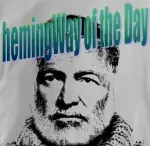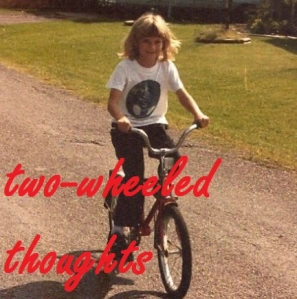 Book four in the DCI Kate Daniels series (following most recently Deadly Deceit) is Fatal Games, for me the most successful to date. I’ve enjoyed each of the previous three books, but always with some reservations, and wishing for a bit more of Daniels’ personal side, feeling she was a bit underdeveloped, perhaps. This time something finally really clicked for me. Don’t get me wrong: the fact that I’m still here for book four means something was working, but this one knocked it out of the park in a new way.
Book four in the DCI Kate Daniels series (following most recently Deadly Deceit) is Fatal Games, for me the most successful to date. I’ve enjoyed each of the previous three books, but always with some reservations, and wishing for a bit more of Daniels’ personal side, feeling she was a bit underdeveloped, perhaps. This time something finally really clicked for me. Don’t get me wrong: the fact that I’m still here for book four means something was working, but this one knocked it out of the park in a new way.
For one thing, I felt that we got into some personal life: not so much that of Kate herself, actually, but especially a few other characters. In fact, I’m beginning to buy that Kate is truly defined by an absence of personal life! (This is not a new message from the author, but maybe it took some convincing.) Secondary characters have more layers: I really like Daniels’ second in command, Hank, who is a real friend as well as professional Watson type. Her ex, Jo, also a professional colleague, is definitely more well rounded. And now we meet Emily, a friend to the rest, who appears mid-crisis: recently widowed, she has just returned to work as a prison psychologist, not the least stressful job to begin with, let alone grieving and struggling to parent a grieving twenty-year-old to boot. When further trauma presents itself – this being a murder-mystery series, friends – Emily does not cope well. Kate is perhaps not showing her best self when she says that her friend is “acting as mad as a box of frogs,” but she’s not exactly wrong, either. One character in particular gave me the creeps; I was not sure if he was going to turn out to be an actual bad guy (in the murder-mystery sense) or ‘just’ a really toxic dude, but ew. Throw in a manipulative psychotic sex offender and a few prison guards of questionable moral standing, and you’ve got a motley crew.
The mystery was properly complex, the cast of characters increasingly compelling, Kate herself showing the usual conflict between wanting to have a life outside work and being incapable of it. It started working for me in this book like it hasn’t before. I could feel her wanting, and trying, and then being consumed once again by the job – which, to be fair, is pretty soul-consuming, and it’s hard to be angry with someone for wanting to solve crimes and save lives… but if you’re her prospective partner, you do want some of her attention. Poor Jo.
The plot, which I’ve not even touched on yet, does involve murdered young girls. There are some truly heinous criminals. And even the law-abiding ones ostensibly on the ‘right’ side can offer some frustrations. It’s a hard-boiled mystery – note that blurb on the front cover that credits Hannah with ‘a dark heart.’ I’m on board like never before.
Filed under: book reviews | Tagged: LGBTQ, mystery | Leave a comment »















